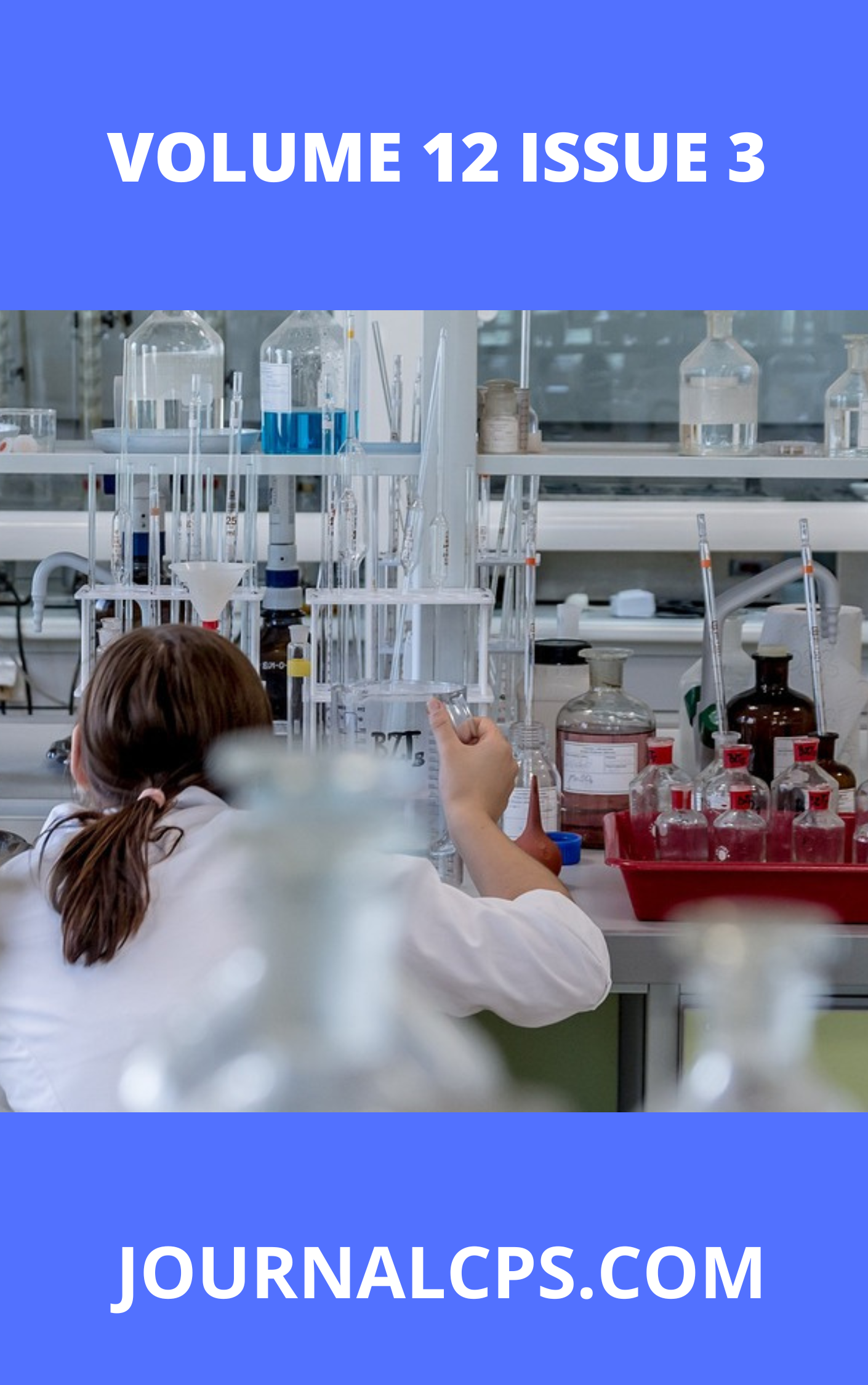Isotherm, Kinetic and thermodynamic investigation on the biosorptive removal of Pb (II) ion from solution onto biochar prepared from breadfruit seed hull
Keywords:
Adsorption, Biochar, Pb (II) ion.Abstract
This study investigates the adsorption of lead(II) ions from aqueous solutions using biochar derived from breadfruit seed hulls, addressing the growing concern of lead contamination in water due to its toxic effects on human health and the environment. The aim of the study was to assess the efficiency of breadfruit seed hull biochar in removing lead ions, with a focus on understanding the adsorption mechanisms and the influence of key parameters. Batch adsorption experiments were conducted, examining the effects of solution pH (2.0–11.0), initial lead concentration (10–50 mg/L), temperature (300 K to 323 K), and adsorbent dosage (0.02–0.1 g). The results showed a significant increase in removal efficiency from 50% to 84.5% as the pH rose from 2.0 to 11.0, with the highest removal occurring at pH 11.0, though pH 6.0 was selected as the optimal condition to minimize the formation of metal hydroxides. Removal efficiency decreased from 83% to 47.6% as the initial lead concentration increased from 10 mg/L to 50 mg/L. Temperature also positively impacted the adsorption, with the removal percentage increasing from 72.5% to 82% as the temperature rose from 300 K to 323 K, suggesting an endothermic adsorption process. The adsorption capacity increased from 4.2 mg/g to 11.9 mg/g with the rise in lead concentration. The Langmuir model provided the best fit for the adsorption data, with a high coefficient of determination (R² = 0.99595) and a separation factor (RL) ranging from 0.1 to 0.41, indicating favourable adsorption. The Freundlich model also indicated favourable adsorption with an n value of 2.622, though it showed a lower fit compared to the Langmuir model. The study concluded that breadfruit seed hull biochar is an effective biosorbent for lead removal, with the adsorption process primarily governed by monolayer adsorption and chemisorption. It is recommended that breadfruit seed hull biochar be considered for water treatment applications targeting heavy metal removal, with further research into its regeneration and large-scale application for environmental cleanup.
Downloads
Published
Issue
Section
Similar Articles
- Onyinyechi Uloma Akoh , Henry Nnanyere Nwigw, Stella Mbanyeaku Ufearoh , Evaluation of Acute Toxicity and Antidiarrheal Activity of Hunteria umbellata Mesocarp Extract: Preclinical Study , Communication In Physical Sciences: Vol. 11 No. 2 (2024): VOLUME 11 ISSUE 2
- Habu Tela Abba, Muhammad Sani Isa, Spatial Distribution of Naturally Occurring Radioactive Materials in Soil and the Consequent Population Effective Dose , Communication In Physical Sciences: Vol. 4 No. 2 (2019): VOLUME 4 ISSUE 2
- Gideon Wyasu, The influence of natural fermentation, malt addition and soya fortification on the sensory and physio-chemical characteristics of gyok-millet gruel , Communication In Physical Sciences: Vol. 4 No. 1 (2019): VOLUME 4 ISSUE 1
- Gideon Wyasu, Determination of Bacteriological and some physicochemical properties of Hospital wastewater , Communication In Physical Sciences: Vol. 4 No. 2 (2019): VOLUME 4 ISSUE 2
- Ugwuowo, Fidelis Ifeanyi, Use of Discriminant Analysis in Time Series Model Selection , Communication In Physical Sciences: Vol. 3 No. 1 (2018): VOLUME 3 ISSUE 1
You may also start an advanced similarity search for this article.




